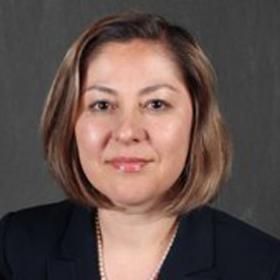
Girls’ Education in India and the Maharaja Bhagwat Singh of Gondal
How a progressive Indian Maharaja revolutionized girls’ education in the early 20th century.
In philanthropy today, it is widely accepted that investment in girls’ education yields high social impact. This is most recently personified by Malala, whose Malala Fund appeals to our hearts with stories and our heads with data showing that educating girls improves the economies, health, stability, and environment of countries and communities around the world.
Recently and unexpectedly, I came across a prominent proponent of this theory – not at Davos or the United Nations or the Bill & Melinda Gates Foundation – but rather in a family library in India leafing through documents that explain social experiments begun exactly 100 years ago.
Chances are you’ve never heard of Gondal, a small city in western Gujarat now known for its thriving metals manufacturing industry, proximity to the lion-filled Gir Forest, and eponymous chili peppers, which are served fried for breakfast. In the mid-19th century, Gondal was also known for many progressive social innovations that we would now categorize as “high impact philanthropy” funded by “public-private partnership.” Chief among these, in my opinion: free and compulsory education for girls.
Click here to read the full article on The Diplomat.

